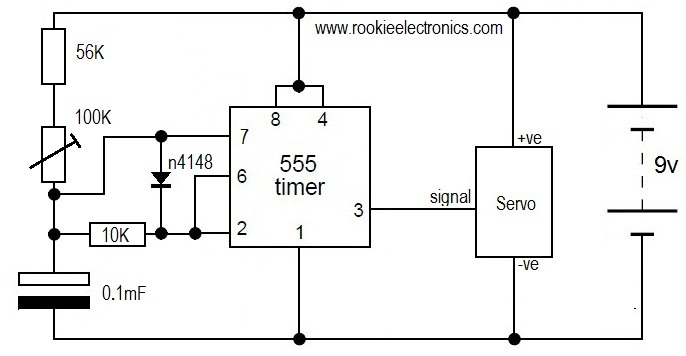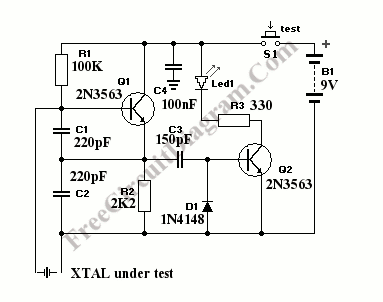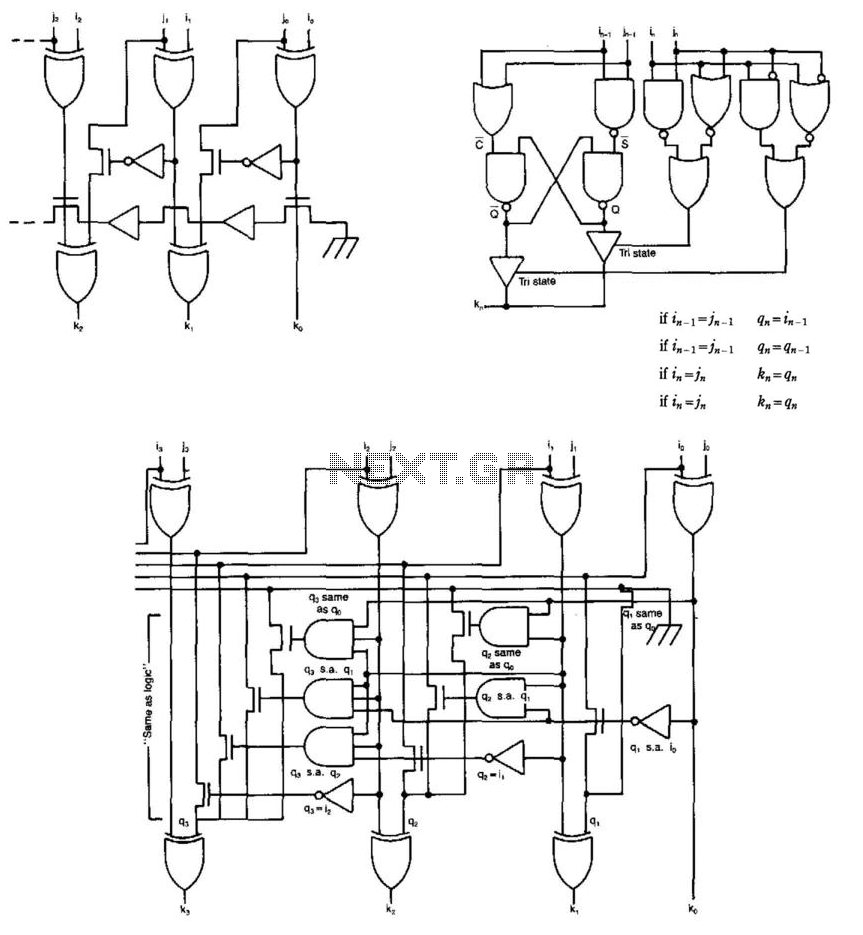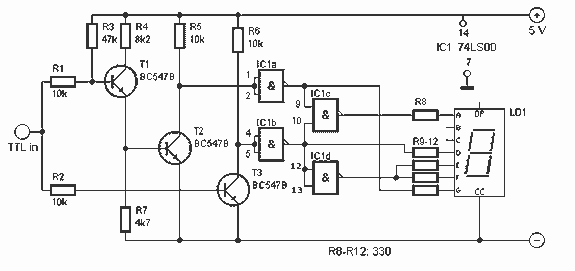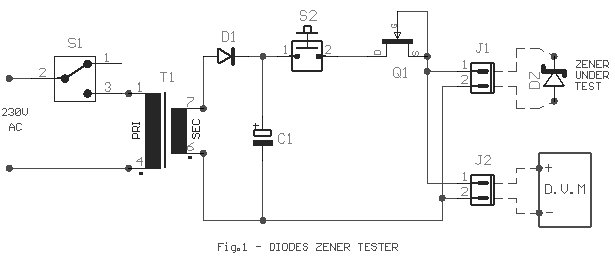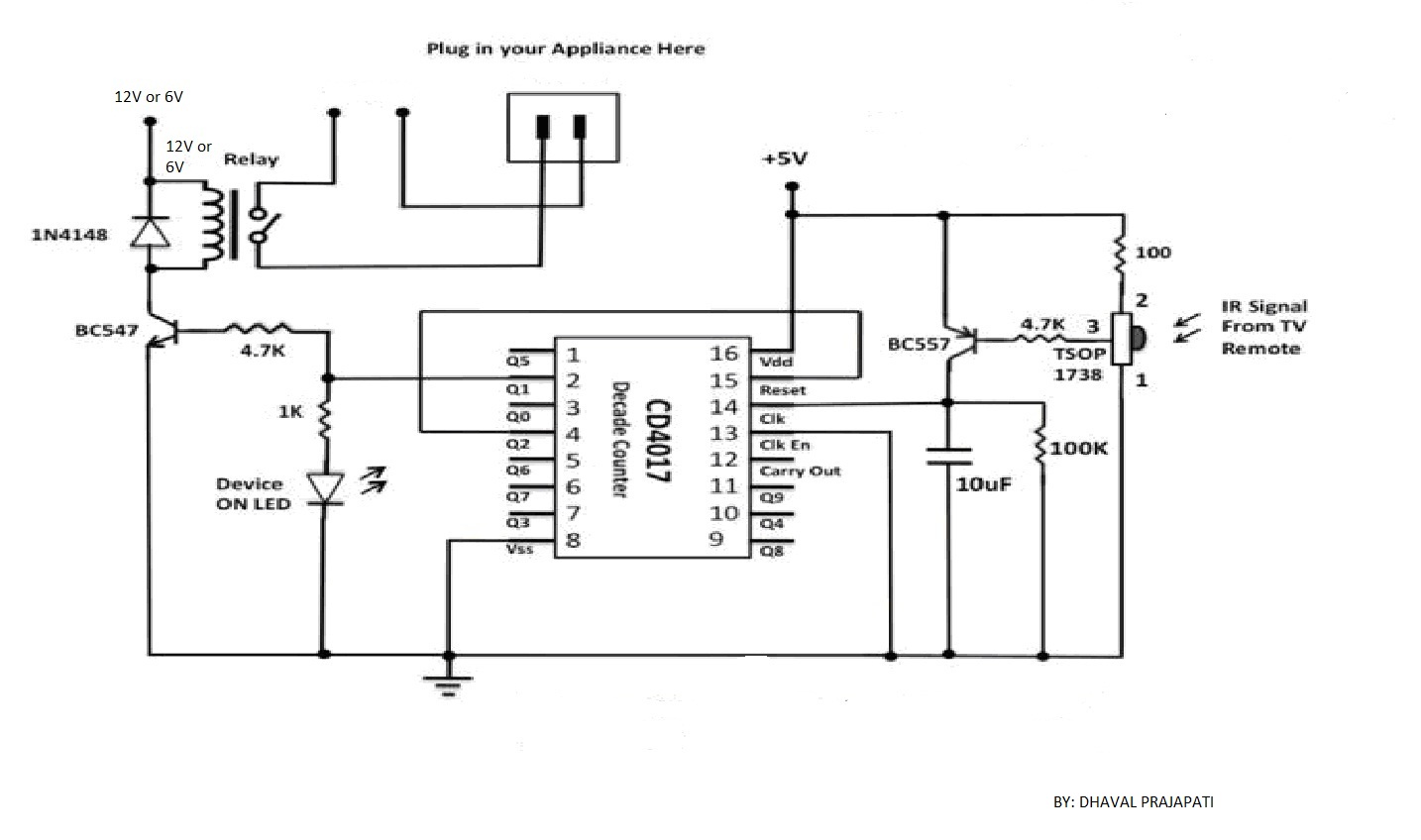
Continuity Tester For Low-Resistance circuits
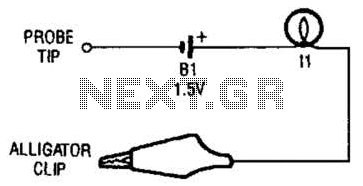
The continuity tester consists of a battery and a lamp connected in series, with one end of the circuit terminated with an alligator clip and the other end connected to the probe tip.
The continuity tester is a fundamental tool used in electrical diagnostics to determine whether a circuit is complete or if there are breaks in the path. The basic configuration includes a battery, which serves as the power source, and a lamp that acts as an indicator. When the circuit is complete, current flows through the lamp, causing it to illuminate.
The alligator clip is designed for easy attachment to various points in a circuit, allowing for efficient testing without the need for additional tools. The probe tip is used to make contact with other components or wires, enabling the user to check continuity at different locations.
In a typical setup, the battery voltage is chosen based on the specifications of the lamp to ensure adequate brightness when the circuit is complete. Commonly, a 9V battery is used with a small bulb, such as an LED or a miniature incandescent bulb, to provide a clear visual indication of continuity.
The circuit can be represented schematically with the battery symbol connected in series to the lamp symbol, with lines indicating the connections to the alligator clip and probe tip. The alligator clip and probe tip are usually depicted as separate terminals, allowing for clear identification of the testing points.
In terms of safety and usability, it is essential to ensure that the voltage used is appropriate for the components being tested to prevent damage. Additionally, the design should incorporate a durable casing for the battery and lamp assembly to withstand regular use in various environments.
Overall, the continuity tester is a simple yet effective device, crucial for troubleshooting electrical systems, ensuring that circuits are intact and functioning correctly. The continuity tester is little more than a battery and a lamp connected iri series, with one end of the string terminated in an alligator clip, and the other end connected to the probe tip. 🔗 External reference
The continuity tester is a fundamental tool used in electrical diagnostics to determine whether a circuit is complete or if there are breaks in the path. The basic configuration includes a battery, which serves as the power source, and a lamp that acts as an indicator. When the circuit is complete, current flows through the lamp, causing it to illuminate.
The alligator clip is designed for easy attachment to various points in a circuit, allowing for efficient testing without the need for additional tools. The probe tip is used to make contact with other components or wires, enabling the user to check continuity at different locations.
In a typical setup, the battery voltage is chosen based on the specifications of the lamp to ensure adequate brightness when the circuit is complete. Commonly, a 9V battery is used with a small bulb, such as an LED or a miniature incandescent bulb, to provide a clear visual indication of continuity.
The circuit can be represented schematically with the battery symbol connected in series to the lamp symbol, with lines indicating the connections to the alligator clip and probe tip. The alligator clip and probe tip are usually depicted as separate terminals, allowing for clear identification of the testing points.
In terms of safety and usability, it is essential to ensure that the voltage used is appropriate for the components being tested to prevent damage. Additionally, the design should incorporate a durable casing for the battery and lamp assembly to withstand regular use in various environments.
Overall, the continuity tester is a simple yet effective device, crucial for troubleshooting electrical systems, ensuring that circuits are intact and functioning correctly. The continuity tester is little more than a battery and a lamp connected iri series, with one end of the string terminated in an alligator clip, and the other end connected to the probe tip. 🔗 External reference
